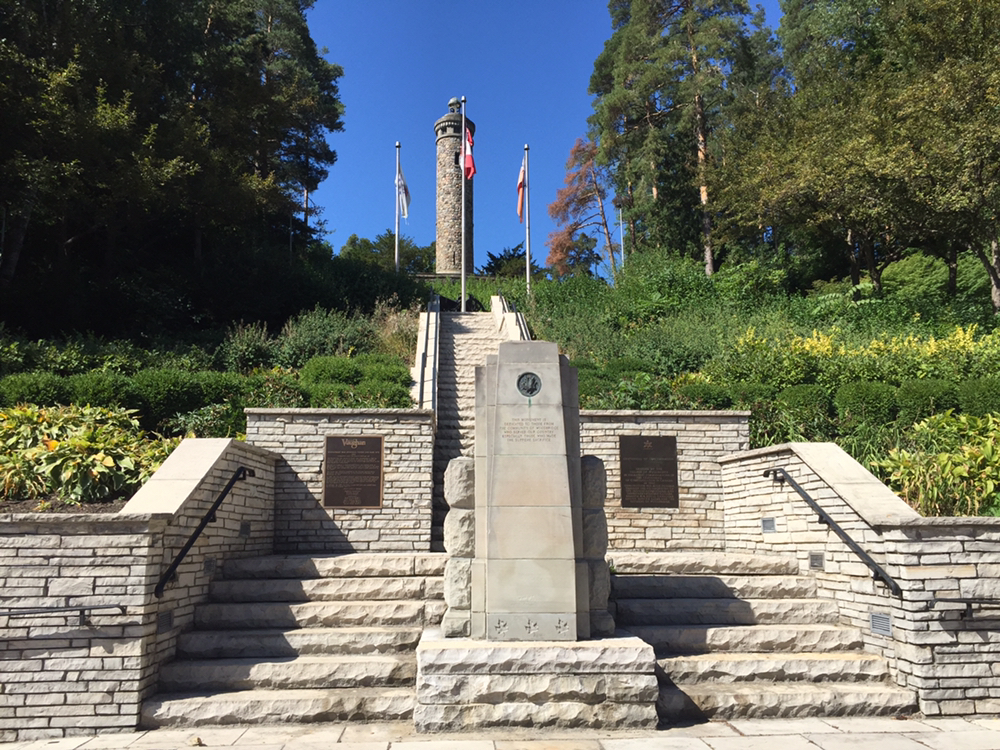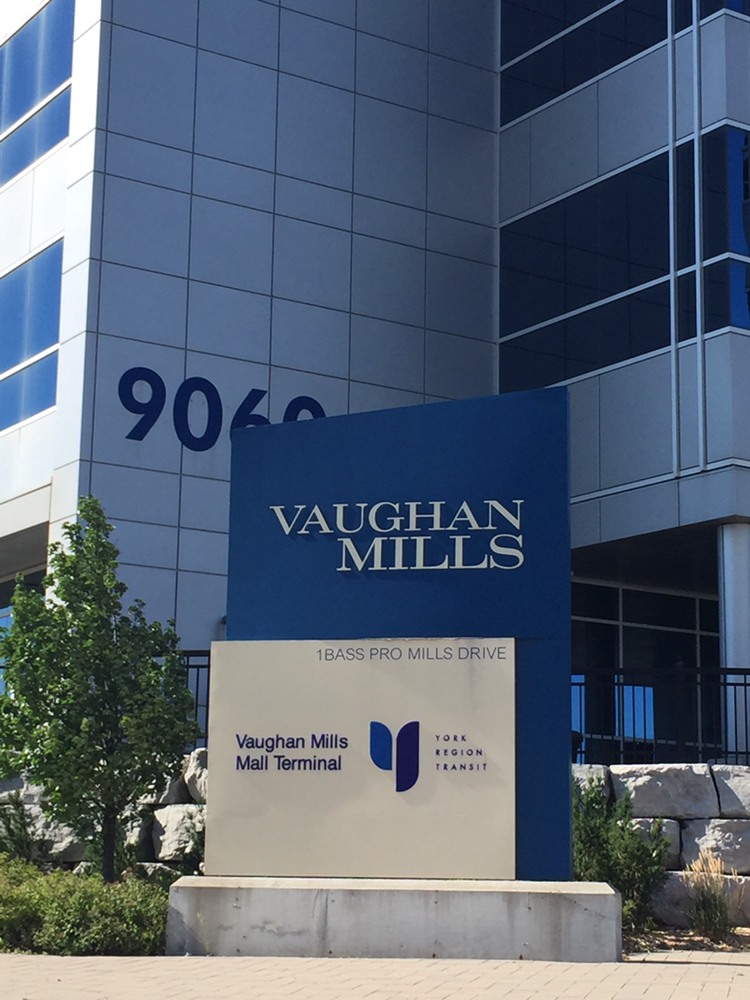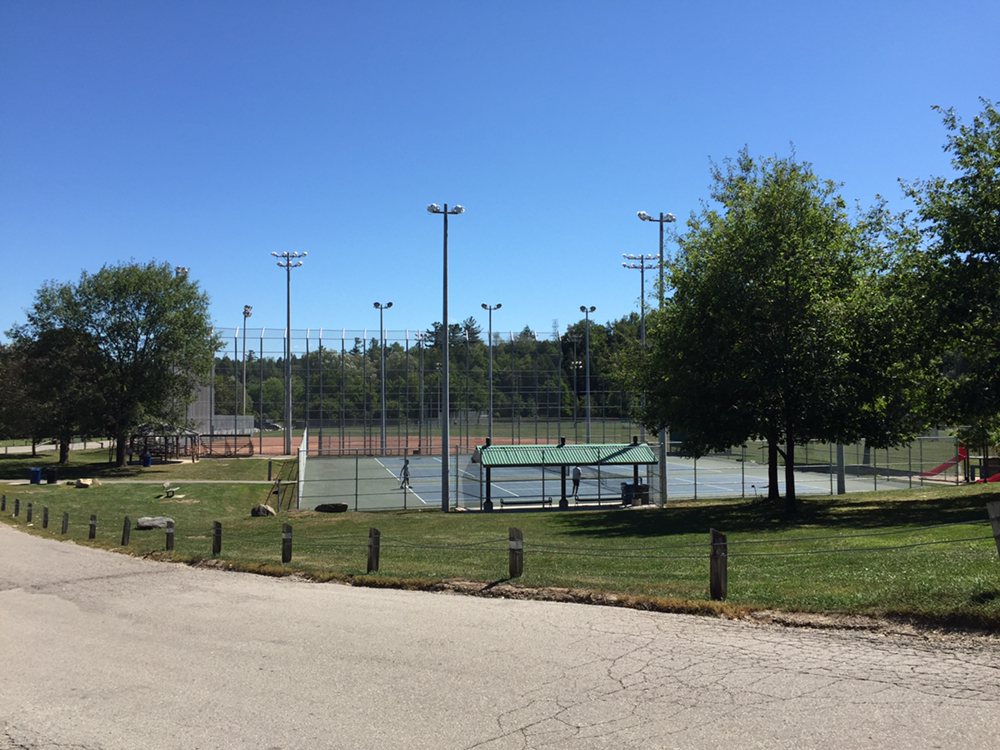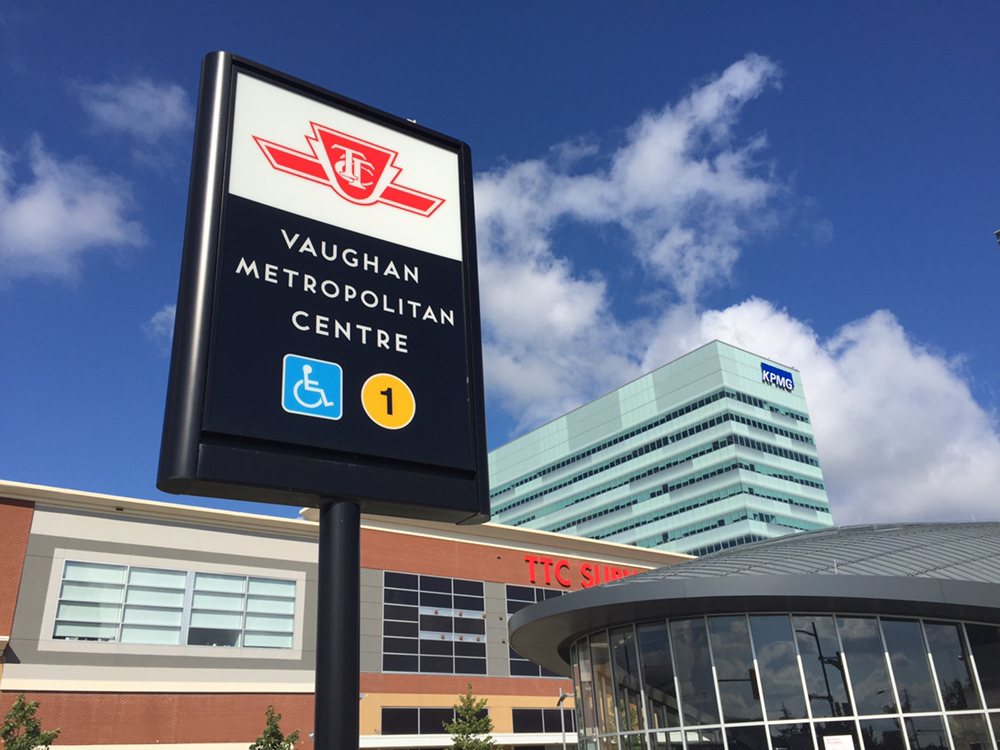As the 18th largest city in Canada and the second largest city in York Region, Vaughan is a bustling city with much to offer its residents.
Situated on the northern border of Toronto, Vaughan links the GTA to the rural northern part of York Region.
The city’s location between the urban space of Toronto and the countryside gives Vaughan residents access to the best of both worlds. Vaughan is both a suburban city, full of greenspace and spacious homes, and a cosmopolitan city where the comforts of a modern metropolis are close at hand.
The History of Vaughan
Vaughan was the site of a Huron village, which was visited by French fur traders beginning with Étienne Brûlé in the 1600s. These fur traders were traveling the so-called Humber Trail, which connected Lake Ontario to Lake Huron.
At the conclusion of the Seven Years War, the British assumed control of French Canada. However, European settlement in the Vaughan area did not begin until the American Revolution brought many Loyalists to the area. These settlers had been displaced from their homes in the United States because of their loyalty to the British Crown.
In 1792, Lieutenant Governor John Graves Simcoe divided Upper Canada (present day Ontario) into 16 Counties. Simcoe further subdivided the Counties into Townships, including one named Vaughan. The Township was named Vaughan in honour of one of the peace negotiators of the American Revolution, Benjamin Vaughan.
Over the course of the first half of the 19th century, the population of Vaughan grew nearly 8000%, going from 54 to 4300 between 1800 and 1840. These settlers lived tough lives engaging in farming and its attendant trades, like milling, blacksmithing, and carpentry.
The population of the Township of Vaughan remained fairly static until after the Second World War. After the war, there was an explosion of development in the region. As the population grew in these post war years, the need for administrative amalgamation became clear. In 1971, the constituent communities (Concord, Kleinburg, Maple, Thornhill, and Woodbridge), were incorporated into the City of Vaughan.
Overview
Vaughan is a prosperous and vibrant suburban city. Vaughan’s popularity and continued development is fueled by the access that it offers its residents to Toronto’s downtown core as well as the surrounding areas of the GTA.
More than 300,000 people live in Vaughan. The residents of the city describe having a very high standard of living and being proud to live in Vaughan. This civic pride lends the city a strong sense of community.
The city is very multicultural, with communities from nearly every continent calling it home. Notable among these are large Italian, Russian, South Asian, and Chinese communities.

Real Estate in Vaughan
Vaughan’s real estate market is centred around the single-family detached home. However, there are many other housing options available in the city.
Development in Vaughan has been brisk throughout the last 20 years. In that time more than 65,000 houses have been built. Houses with three or more bedrooms are the most common construction. The new developments were built with ease of transport in mind, and are all located within 15 minutes of one of Vaughan’s major roadways.
High-rise condominiums are also available in Vaughan. The majority of these buildings have been developed near Highway 7, not far from the Vaughan Metropolitan Centre transit hub. Low-rise condominium buildings and row houses are also available in areas such as Woodbridge.
Review listings in Vaughan, or contact one of our sale representatives if you would like to learn more about property in the city. We will be happy to answer any questions you might have about Vaughan real estate.
Shopping in Vaughan
Large indoor and outdoor shopping centres are the heart of shopping fare in Vaughan. However, the former urban centres of the various communities that were incorporated into the city also provide the chance for shopping at local businesses in a quaint setting.
An example of one of these historical centres is Kleinburg Village. In this charming setting shoppers can visit a variety of boutiques, spas, restaurants, as well as family friendly trails. Another example is downtown Woodbridge at Kipling Avenue and Woodbridge Avenue. Here shoppers can experience a local business boutique experience at the Market Lane Shopping Centre. This shopping centre features many businesses that cater to the large Italian immigrant community that lives in Vaughan.

One of the major malls in Vaughan is the Promenade Shopping Centre. This indoor mall is home to 150 stores, including many popular brands. The shopping centre is adjacent to a York Regional Transit hub.
Vaughan Mills is the biggest shopping centre in York Region and one of the biggest indoor malls in Canada. The shopping centre is home to more than 200 retailers, including a mix of outlet and specialty stores, along with restaurants and entertainment venues.
Vaughan Recreation
Vaughan has many choices for recreation in the city. The city maintains many public facilities and spaces. At the same time Vaughan is home to a wide variety of privately run recreation choices.
The most well known of these private recreation facilities is Canada’s Wonderland. In this expansive, 134 hectare amusement park, guests have access to 17 roller coasters and 10 waterslides, among other attractions and rides. As the largest theme park in Canada, it is an attraction that draws people from around the world to Vaughan for a day of fun.

In the public sphere, the City of Vaughan maintains over 1000 hectares of parks and greenspaces. Peppered throughout these parks are many sports fields, playgrounds, and trails. The biggest parks in the city are the Kortright Centre for Conservation and the Boyd Conservation Area.
Similarly, the city also operates many community centres equipped for a large number of sport and fitness pastimes. The largest of these are the Al Palladini Community Centre and the Garnet A. Williams Community Centre. Each of these has a swimming pool, fitness centre, and ice rink.
Schools in Vaughan
Families in Vaughan do not have to be concerned with long commutes to school for their children. There are more than 100 public schools spread throughout the city.
The administration of these schools is divided between the York Region District School Board and the York Catholic District School Board.
Transportation
Vaughan has many interconnected transportation systems that are highly integrated with each other. This facilitates easy movement for its residents throughout Vaughan, York Region, and into neighbouring regions, like Toronto and Simcoe County.
Traveling by Car
Vaughan is situated on the northern border of Toronto, and its roadways are highly interconnected with the bigger city. For this reason, the most popular method of transportation used by the residents of Vaughan is traveling by car. However, most report that their commute time is less than an hour. This is thanks to the fact that there are a wide array of transport options for commuters to take.
The most significant road in Vaughan is Highway 400, the second longest highway in Ontario. This route connects with Highway 401 in Toronto to the south. To the north, the 400 passes throughout Simcoe County, crosses through the centre of Barrie, then continues north through cottage country to Parry Sound.
Other significant roadways in the city include York Regional Road 27 and York Regional Road 7. York Regional Road 27 runs on the west side of Vaughan, running north to south. Within Vaughan this is the main road that connects Kleinburg in the north to Woodbridge in the south. Beyond Vaughan, York Regional Road 27 extends north to Barrie.
York Regional Road 7 crosses the south section of Vaughan. It connects Thornhill to Woodbridge, extending beyond Vaughan all the way to Kanata in the east and Sarnia in the west.
Public Transit in Vaughan
The municipal transit system is run by York Regional Transit (YRT). This transit system was created in 2001 when five smaller systems were amalgamated. The YRT services all nine municipalities of York Region. This means that travel from Vaughan to Aurora, East Gwillimbury, Georgina, King, Markham, New Market, Richmond Hill, Whitchurch-Stouffville is convenient and cheap. In 2005, YRT introduced its Viva rapid bus system that uses cutting edge technology to streamline bus service in certain areas.

In 2017, Line 1 Yonge-University of the TTC subway was expanded to Vaughan. The terminal station of Line 1 is now the Vaughan Metropolitan Centre. At this station connections can be made not only to YRT and Viva routes, but also Züm, the City of Brampton’s public transit agency.
Traveling by Rail
Rail travel is also an option for commuters in Vaughan. The GO Transit commuter train service reaches Vaughan at the Rutherford GO Station. Trains can be caught here traveling either north to Barrie, or south to Toronto.
Have Questions About Real Estate in Vaughan?
If you want to learn more about buying or selling real estate in Vaughan, contact Frank Leo and Associates and we will be pleased to provide you with any information you need. Our 30 years of experience in GTA real estate are yours to take advantage of.